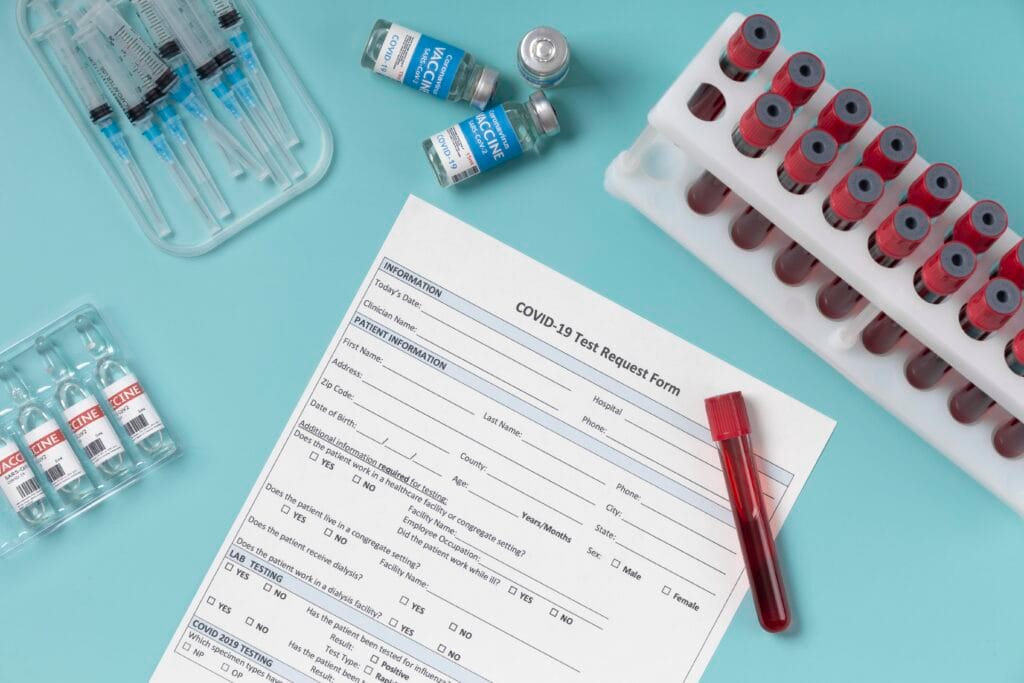
Australia’s Health Records at Risk: The Myth of Anonymous Data
In an era of digital health records and electronic patient management, Australians trust that their personal medical information is kept private. However, the reality is more concerning than many realize. The idea that health data can be fully “anonymous” is increasingly being challenged. Understanding the risks to Australia’s health records is essential for both healthcare providers and patients.
Australia’s Health Records at Risk: The Myth of Anonymous Data
Anonymous health data refers to medical records that have had personally identifiable information removed, such as names, addresses, or Medicare numbers. The intention is to allow researchers, policymakers, and businesses to use the data without compromising individual privacy.
However, experts warn that anonymized data is not always truly anonymous. Advanced data analytics, cross-referencing, and AI technologies can sometimes re-identify individuals, especially when combined with other datasets.
Why Australia’s Health Records are at Risk
Several factors contribute to the vulnerability of health data in Australia:
Advanced Re-Identification Techniques
Modern algorithms can sometimes match anonymized records with publicly available information to identify individuals.Third-Party Access
Sharing data with researchers, insurers, or technology companies increases the risk of misuse or accidental exposure.Human Error
Mishandling of digital records or insecure storage of physical files can compromise privacy.Cybersecurity Threats
Healthcare systems are prime targets for hackers because of the sensitive nature of the data. A single breach can expose thousands of records.
Consequences of Health Data Exposure
The risks of health record exposure are severe:
Identity Theft and Fraud: Medical records can be used to commit financial fraud or obtain prescription drugs illegally.
Loss of Trust: Patients may avoid seeking medical care if they fear their data is not secure.
Legal Implications: Organizations that fail to protect health data risk penalties under the Privacy Act 1988 and other regulations.
How to Protect Health Data
While complete anonymity may be a myth, there are steps both organizations and individuals can take to mitigate risks:
Strong Data Encryption: Protect digital health records from unauthorized access.
Strict Access Controls: Limit access to sensitive records to essential personnel only.
Secure Disposal: For physical records, use certified shredding services to ensure no data is recoverable.
Regular Staff Training: Educate employees on privacy, security protocols, and phishing awareness.
At InterShred, we provide secure shredding solutions for healthcare providers, helping them dispose of sensitive records safely and prevent accidental data leaks. Combining proper digital security measures with secure physical disposal is the key to safeguarding Australia’s health records.
